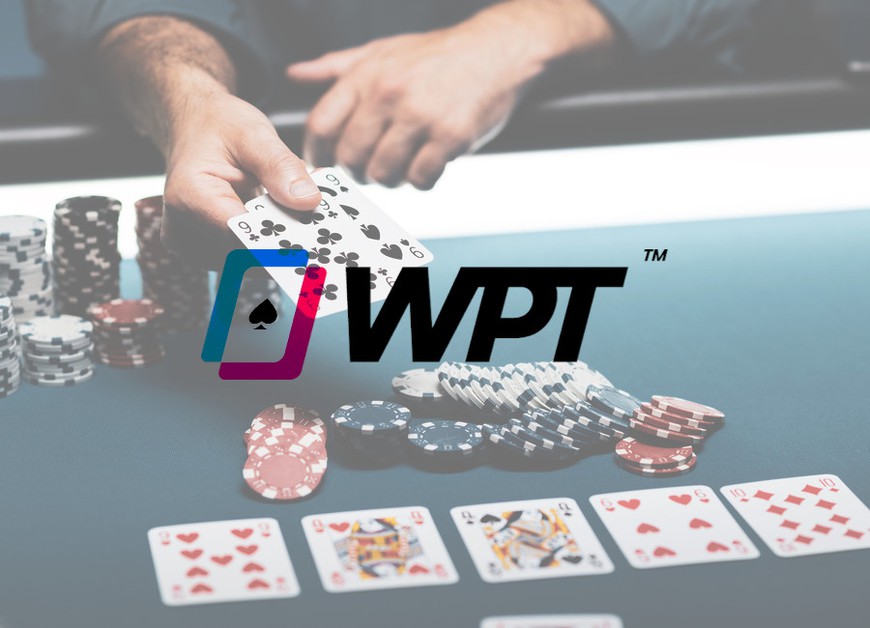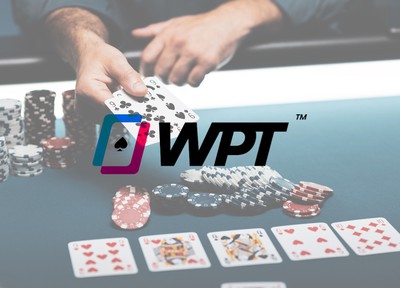

The Thunder Valley Casino is set to host a new tournament concept at the upcoming WPT festival where there will be no game clock or fixed blind levels.
In the traditional poker tournament setup, blind levels follow a set pattern, escalating at consistent intervals, typically every ten or fifteen minutes for online events and 30 to 60 minutes for live tournaments.
Matt Savage, the WPT Executive Tour Director and founder of the Tournament Director’s Association (TDA), has put forth a tournament structure dubbed “Savage Average.” In this proposed format, the blinds will now increase upon players’ elimination, adjusting to a level where the average stack consistently maintains 50 big blinds.
Savage Average Tournament Structure Overview:
- Average Stack never goes below 50 big blinds
- No tournament clock needed
- Late registration and breaks take place at the scheduled time
- Players start with a 50,000 starting stack, with blinds of 500/1000/1000
This eliminates the need for a tournament clock, and late registration will conclude at a predetermined time, not tied to the conclusion of a specific level. Similarly, scheduled breaks will prevent players from waiting until the conclusion of a level.
The proposed tournament format is set to debut at the upcoming WPT Rolling Thunder event in March held at Thunder Valley Casino Resort in Lincoln, featuring a $570 buy-in and a guaranteed prize pool of $50,000.
When the tournament starts, players will begin with a stack of 50,000 chips, facing blinds of 500/1000 and a 1000 ante. As players are eliminated, the blinds will dynamically increase to maintain an average stack size of 50 big blinds.
The underlying philosophy behind this concept is to inject intensity into the gameplay right from the first hand, as players are constantly on the brink of elimination. Yet, as the tournament progresses, the tournament’s design ensures that stacks remain deep enough to allow for some post-flop play.
Not Entirely a New Concept
The tournament concept where players influence the blind structure is not a novel idea and has been experimented with in the past. Its debut came during the Adrenaline Poker Series in Dublin back in 2017, and later, it was replicated in Brussels in May 2017, with apparent sponsorship from the French operator Winamax.
Drawing inspiration from this concept, Winamax brought this format online under the moniker “Zone 30” tournaments in the same year. This format is still actively offered by the platform and is scheduled to be featured in the upcoming Winamax Series.
While the format aligns closely with Savage’s proposal, there is a slight variation — the average big blinds are set at 30 instead of 50.
Will it be a Hit?
While the reception to this proposed structure has generally been positive, there are concerns about its potential to extend the duration of the tournament compared to standard formats. Some express worries that, especially in the later stages with only one or two tables remaining, the game might enter prolonged periods with no eliminations, potentially leading to overly cautious play.
Critics also raise concerns about the possibility of players adopting overly conservative strategies. Suggestions for adjustments have been put forth, with some proposing a lower average stack than the specified 50 big blinds. Conversely, others advocate for initiating the tournament with a larger starting stack of 100 big blinds to facilitate deeper play in the early stages.
There is apprehension that such a departure from the traditional blind structure, with its incremental pressure on players and forced all-ins, might diminish the fun and excitement associated with poker tournaments.
Only time will unveil whether this format will become a standout success. Interestingly, Winamax’s “Zone 30” tournaments have endured for nearly seven years, continuing to be a part of the operator’s offerings. While not supplanting the flagship tournaments, these structures persist as side events, demonstrating the enduring appeal of diverse tournament formats.

